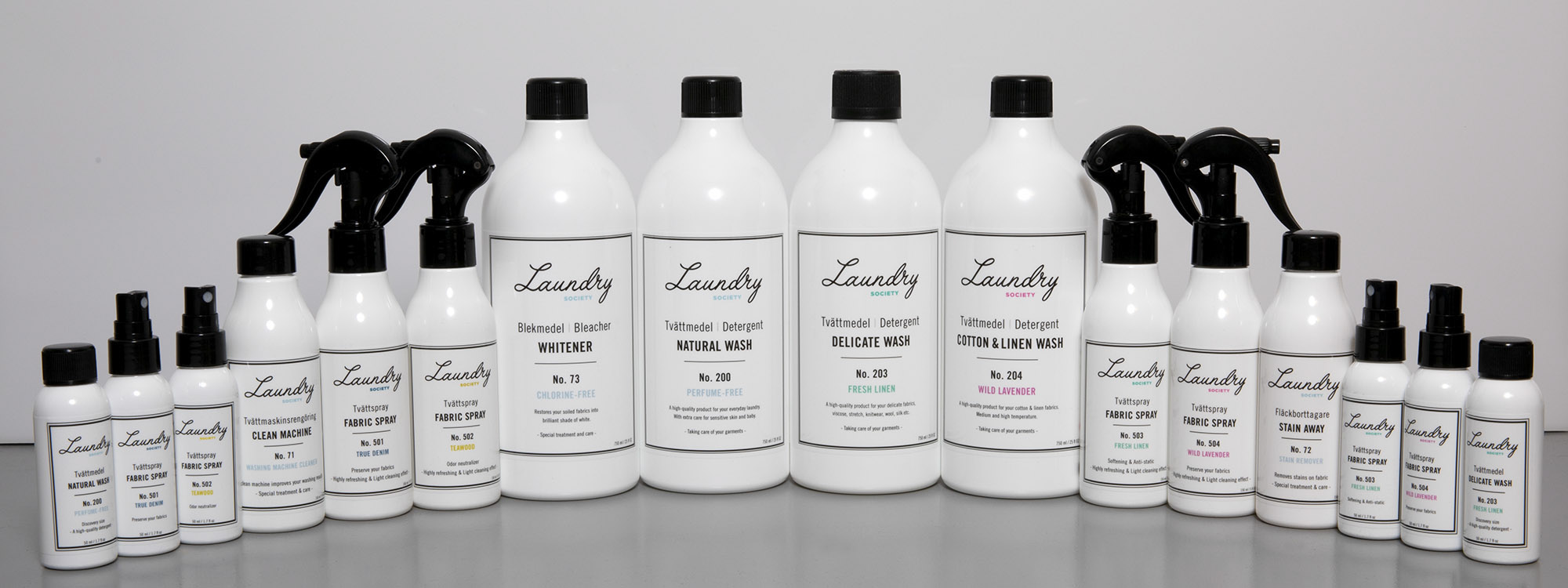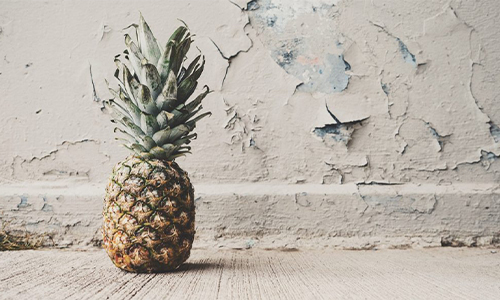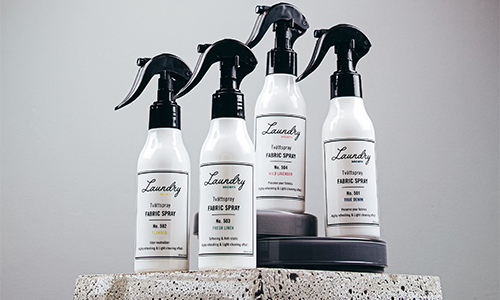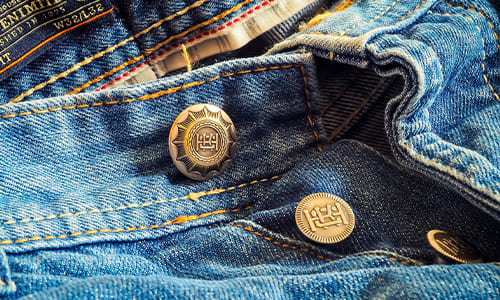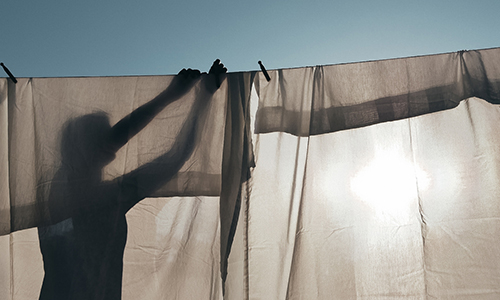Do we really need enzymes in our detergents? When detergents and washing powders were first invented, there were no enzymes. They didn’t come into play until the 1980s, but certainly did so with a bang and this type of additive has been taken for granted ever since. But what is an enzyme in layman’s terms and how does it work?
What is an enzyme?
Enzymes are proteins that break down or transform other substances. In detergents, a mixture of enzymes is used to break down proteins, fats and carbohydrates. If there are no stains to be removed, enzymes can also break down the fibres in textiles.
How do enzymes work?
Have you noticed your tongue tingling when you eat pineapple? That is an enzyme called papain kicking in! In detergents, enzymes are tasked with dissolving stains and they are tailored to react with and break down certain substances. The so-called lipases break down fat stains, whereas proteases break down proteins. Amylase, a natural component of our saliva for instance, dissolves carbohydrate stains. So, in principle, you could spit a little bit of saliva on a dried potato stain if you feel that’s your thing.
At Laundry Society, we can’t actually come up with good enough reasons to use enzymes. Our detergents are designed to be gentle on your clothes and keep them clean and fresh by using natural ingredients, which is why our detergents and laundry sprays can be used by vegans too. Our stain remover is based on methods used prior to adding enzymes to every washing powder and liquid detergent.
You treat each stain individually with our Stain Away No. 72. Take a small amount of Stain Away and cover the stain. If required, rub it in using our stain brush and wash as normal. This works on most common stains. Should you manage to pull a stunt like dropping blueberries on a white dress, which after both stain remover and ordinary wash still doesn’t come out quite right, just watch this space as we are launching a new product that will take care of this sort of issue.
Stains – nothing but a distant memory!
